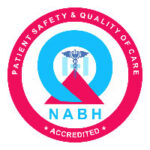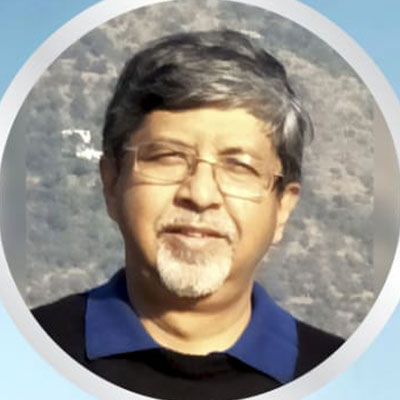EDUCATION &TRAINING;:
- Did M.Ch in Cardiothoracic Surgery from AIIMS, New Delhi in 1992, under Prof. P. Venugopal.
- Two years fellowship at Portland, Oregon, USA under Dr. Albert Starr.
- Two years advanced fellowship at Albany Medical College, New York, USA.
EXPERIENCE:
- Senior Cardiac surgeon at BBC & Pruthi Hospital Hospital, Jalandhar from 2000 to 2002.
- Senior Consultant at Hero DMC Heart Institute, Ludhiana from 2002 to 2007.
- Chief Cardiac Surgeon at S.G.L. Superspeciality Hospital, Jalandhar from 2010 to 2015.
EXPERTISE:
- Extensive (>27years) experience in all aspects of this specialty.
- One of the earliest proponents of Beating Heating Surgery in Punjab. At present doing almost 99% of all CABG operations off pump.
- Total Arterial Revascularization using Bilateral IMA’s and Radial artery.
- Surgery for complications of MI (LV Aneurysms, post MI VSR).
- Rich experience in Mitral Valve Repair and Bioprosthetic Valve replacement surgery.
- Surgery on the aortic root and aortic arch, including aortic dissections.
- All types of Congenital Heart Surgery & complex vascular surgery.
- Area of special interest; Experience of over 100 minimally invasive Cardiac Surgery (MICS), including CABG, valves and Congenital Heart surgeries.
TOTAL ARTERIAL CABG
- Using Bilateral Internal mammary Arteries and Radial Arteries.
- Long Term results are far superior to that of venous graft.
- Better results in diabetic patients.
- Complications like strokes are much less.
MITRAL VALVE REPAIR
- Preserves patients own valves.
- No need of an artificial valve.
- No need for lifelong anticoagulants.
- Hearts pumping does not decrease with time
- Complications like strokes are much less.
- Avoids sternotomy.
- Excellent cosmesis.
- Postoperative pain in much less.
- Blood requirements much less.
- Hospitalization period reduced.
- Faster return in work.



